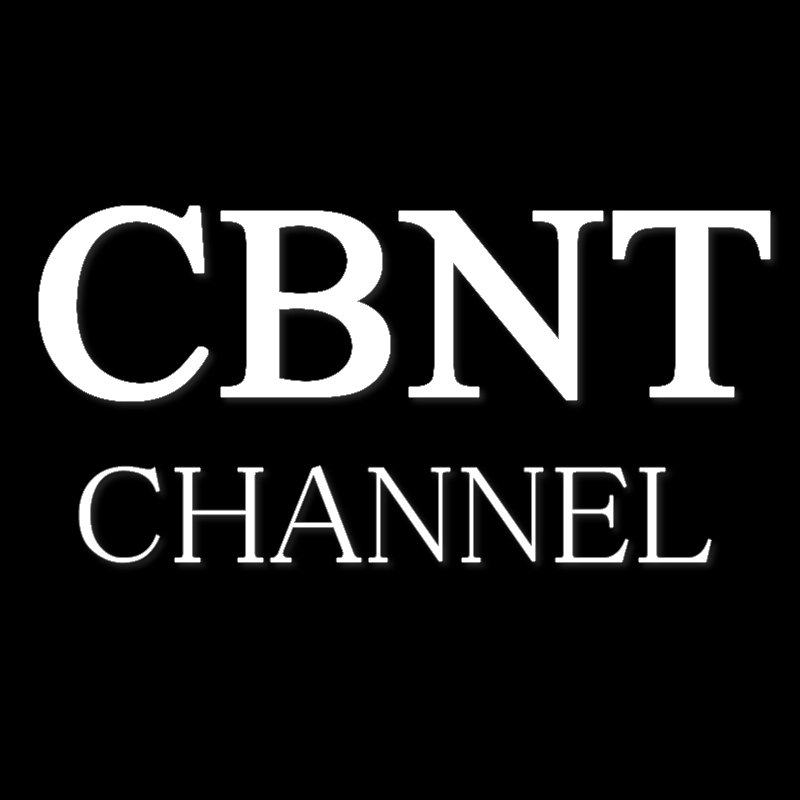ABeam Consulting unveils insights on crucial links between ROIC management and corporate value improvement
ABeam Consulting unveils insights on crucial links between ROIC management and corporate value improvement

ABeam Consulting recently conducted an extensive survey on the evolving state of ROIC (Return on Invested Capital) management in Japanese companies. Drawing from companies with annual sales of ¥30 billion (approx. $200 million), 721 executives from various functions such as corporate planning, accounting, finance, and investor relations (IR) responded to the survey, generating insights on ROIC management and corporate transformation initiatives in Japan. In addition, it has shed some light on the link between ROIC management and corporate value improvement.
The key findings from the survey indicate that companies classed as “blue-chip companies” (those with a price-to-book or P/B ratio of at least 1.3 and an experience of business withdrawal) use ROIC and scale growth indicators (e.g., sales growth rate, market growth rate) as a basis for business evaluation, and appropriately withdraw or sell their businesses. In addition, they take into account intangible assets (e.g., intellectual property (IP), HR, digital technology) when assessing business portfolios.

It was also found that, in order to improve ROIC, 64.6% of blue-chip companies set individual KPIs that are effective for each business, as indicated by clarifications regarding departmental responsibility for each KPI and evaluate them based on performance. In contrast, this only applies to 6.4% of those classed as companies “with room for improvement” (P/B of less than 1.3 with no experience of business withdrawal). The results show a nearly 10-fold gap between the two types of companies surveyed.
In terms of infrastructure development, more than half (52.2%) of blue-chip companies have been able to develop and disseminate data management processes sufficiently, compared to 16.7% of those with room for improvement. In addition, about half (46.4%) of blue-chip companies have established specialized functions such as FP&A (Financial Planning and Analysis) and BICC (Business Intelligence Competency Center) dedicated to data-driven analysis and improvement. In contrast, the same applies to only 5.9% of companies with room for improvement. Consequently, the key to fostering growth is the alignment of intangible assets (such as human resources, intellectual property, and digital portfolio) linked to business strategy and an appropriate evaluation of business contribution. A difference of 30 percentage points can be observed between the blue chips and companies with room for improvement.

From ABeam’s extensive experiences, four key aspects are essential to ensure ROIC management contributes effectively to corporate value enhancement:
- Reflecting Growth Indicators and Intangible Asset Value in Business Portfolios
Growth indicators such as ROIC and market growth rate, alongside the value of intangible assets like intellectual property, human resources, and digital technology, should be integrated into business portfolio evaluations. This holistic approach helps companies avoid common pitfalls like short-term focus or excessive austerity, laying the groundwork for sustainable, long-term growth. - Establishing On-Site PDCA Systems with Tailored KPIs
To achieve effective on-site PDCA (Plan-Do-Check-Act) cycles, it is critical to set KPIs that reflect the unique characteristics of each business. By linking these KPIs to performance evaluations and clarifying departmental responsibilities, companies can embed ROIC management practices more deeply within business divisions and enhance operational alignment. - Continuous Development of Data Infrastructure and Specialized Functions
Developing robust data systems and establishing specialized functions, such as FP&A (Financial Planning and Analysis) and BICC (Business Intelligence Competency Center), are vital for efficient ROIC utilization. These enhancements enable seamless data integration, informed decision-making, and stronger governance across internal and group operations. - Strengthening Investments in Intangible Assets and Evaluating Business Contributions
Investments in intangible assets—including human resources, intellectual property, and digital portfolios—should align with business strategies to drive growth. Consistently assessing and transparently disclosing the contributions of these assets not only fosters understanding among stakeholders but also helps cultivate growth expectations and confidence in the company’s future direction.
Based on the insights from this survey, ABeam Consulting is uniquely equipped to support the realization of corporate transformation using our approach through the “Evolving ROIC Management Implementation Support Service.” Our expertise covers a wide array of support, including optimization of business portfolios using incorporation of scale growth indicators and valuation of intangible assets, KPIs setting, and promoting performance-linked evaluations.

ABeam Consulting can also help implement data management, including the establishment of specialized functions such as FP&A and BICC, and measures to strengthen governance and integrate investment for corporate growth according to the company’s specific needs, such as building IP and digital portfolios and human capital management. Our Digital ESG Service also helps with the visualization of non-financial information through disclosure support in integrated reports and IR, promoting growth expectations among investors and other stakeholders.




